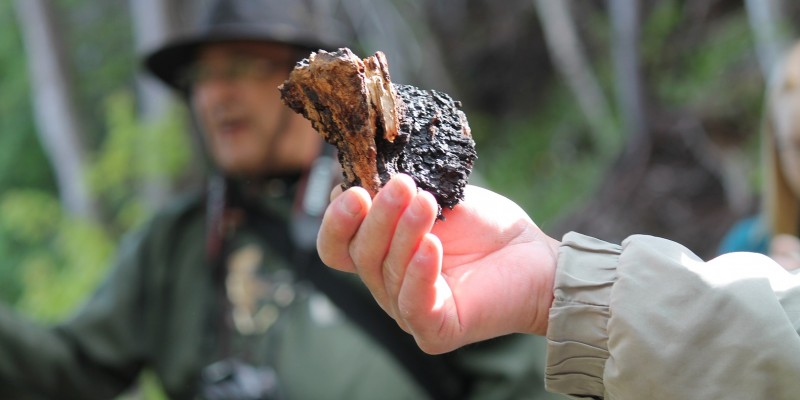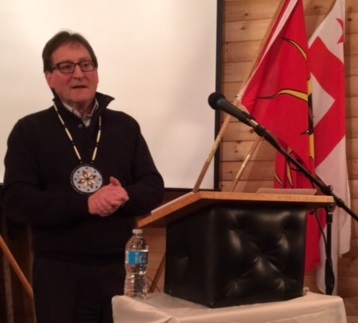The National Inquiry into Missing and Murdered Indigenous Women and Girls has announced that hearings will start soon. As the Inquiry’s Executive Director told us, if family members, loved ones and survivors don’t tell the Inquiry they are out there and want to talk, the National Inquiry won’t know they exist.
– Family members, loved ones, and survivors of violence who want to speak to the Inquiry, at a public hearing or in private, need to write to the Inquiry a simple letter, or give the Inquiry a quick call, to say “I want to speak to the Inquiry”. That’s it. If they do that much, the Inquiry will take over from there and make sure that person participates, and receives any needed travel (flights, hotels, taxis, meals, etc.) and other supports.
– “Family members” includes “adopted family members, foster care relatives, and even really close friends.”
– To contact the Inquiry, family members, loved ones and survivors of violence should call the Inquiry toll-free at 1-844-348-4119 or email at Profile@mmiwg-ffada.ca. or you may call Arlene Blanchard-White at 709-214-0256 or email ablanchard-white@qalipu.ca
– Please note there is also a 24-hour Crisis Line for anyone who may want support at any time; that number is toll-free 1-844-413-6649.











